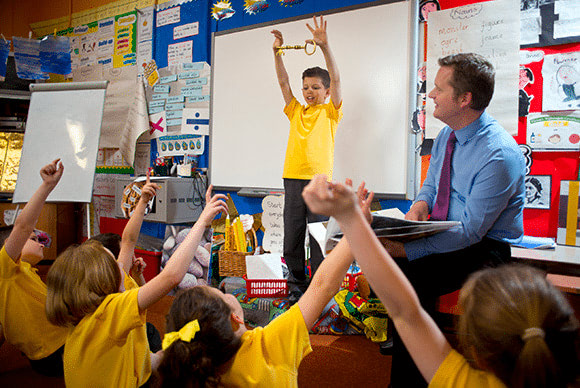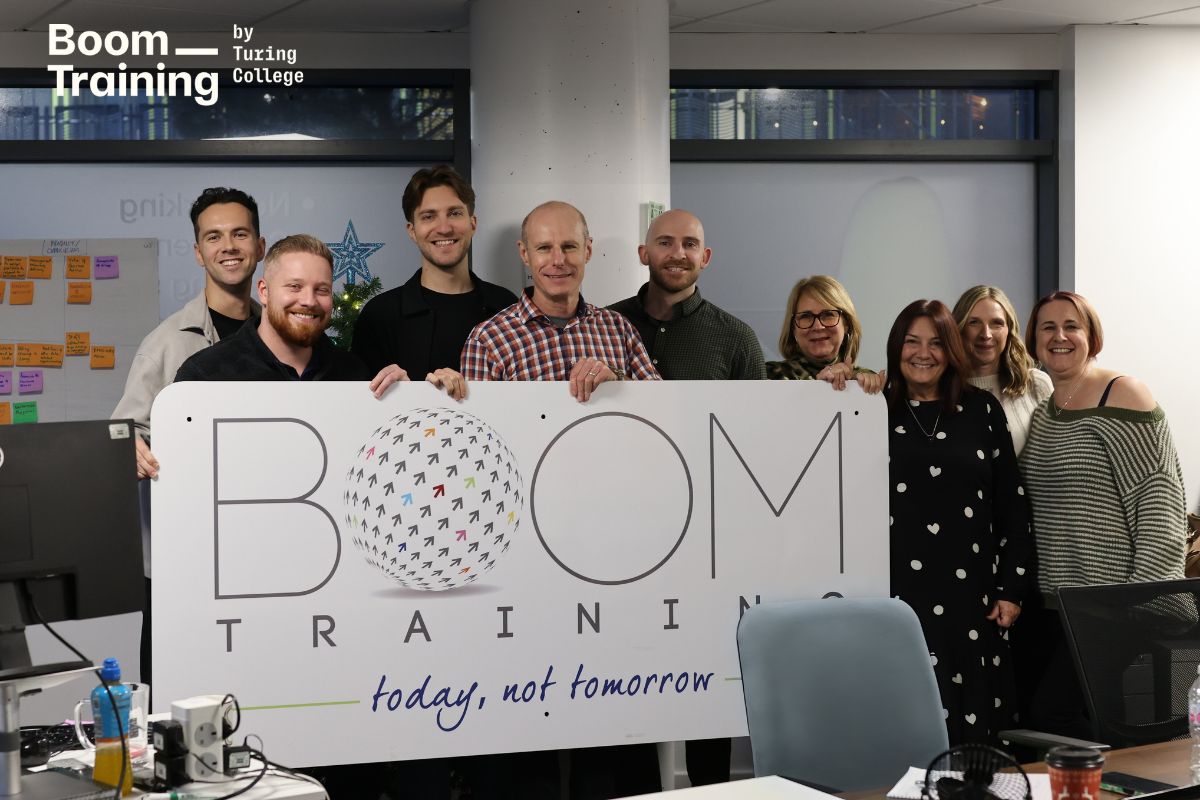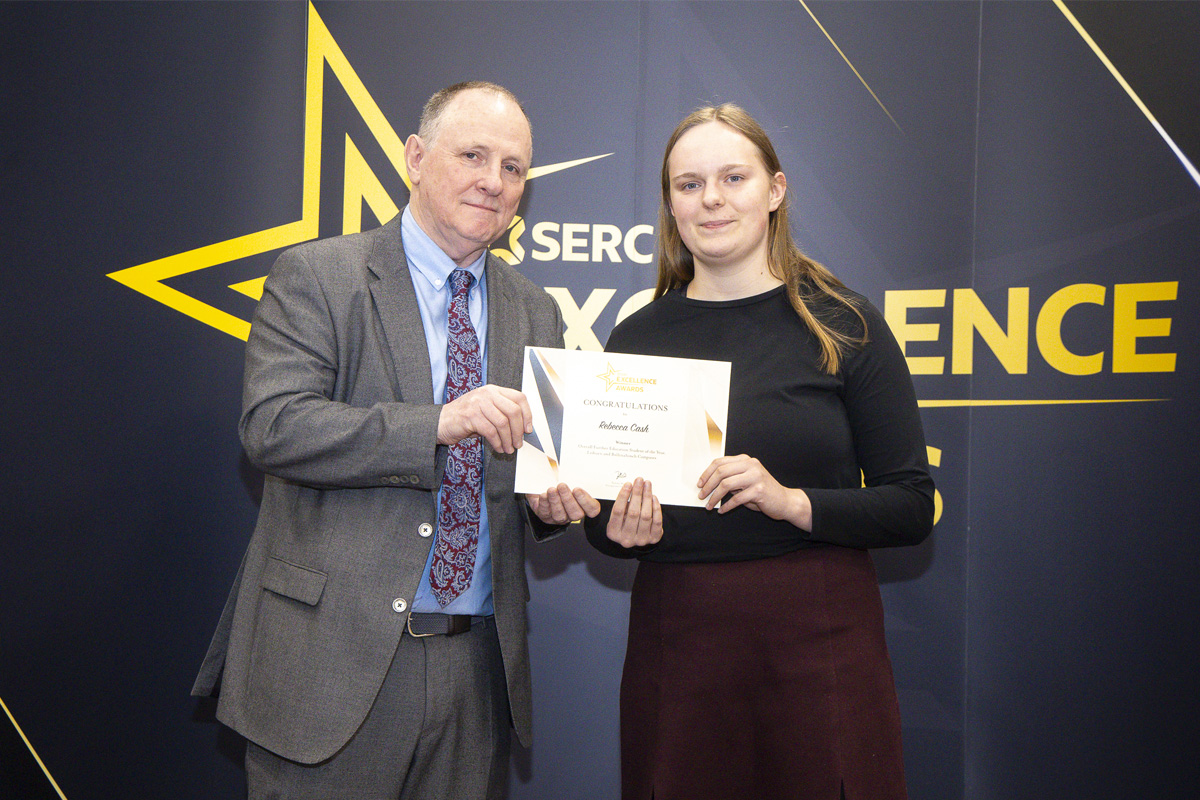Free For All? FREE SCHOOLS FAIL TO FULFIL ORIGINAL PURPOSE

DISADVANTAGED PUPILS LESS LIKELY TO GO TO FREE SCHOOLS, BUT THOSE WHO DO PERFORM SLIGHTLY BETTER
NFER and The Sutton Trust today (31 May) published a new piece of research, which takes a snapshot of the free schools programme in England, seven years after its establishment.
Free schools are failing to fulfil the programme’s original purpose of offering innovative and parent-led approaches to the curriculum, according to new research, “Free For All? Analysing free schools in England, 2018” published today.
The free schools programme was established in 2010 to bring new and innovative providers – including parents – into a more autonomous and self-improving school system, driving up standards through greater school choice and increased competition.
But while free schools were meant to increase the number of schools with innovative approaches to their curriculum, today’s report finds that only one third of established free schools have demonstrated a novel approach. Of the 152 primary open free schools in England, 35 per cent were found to be innovative, compared to just 29 per cent of the 113 open secondary free schools.
Innovative free schools were those found to be based on an innovative concept, which is central to their identity and ethos, and is widely embedded in the curriculum or in school activities. For example, Judith Kerr primary school is a bilingual school in which German language and culture is embedded throughout the curriculum. At the Rural Enterprise Academy, students study subjects like agriculture and animal management, alongside academic subjects.
Another intention of the free schools programme was to encourage groups of parents to set up schools in their communities, but today’s analysis finds that only one in five free schools has had parents involved in their inception, and that the proportion of parent-led free schools has decreased over time.
The report finds that the number of schools set up by parents was at its height in the early years of the programme, with parents involved in the set-up of over 40 per cent of the secondary free schools opened between 2011 and 2013. Of the secondaries established since 2015, this has dropped to less than 20 per cent. For primary and all-through free schools, the proportion has dropped from 32 per cent to just four per cent.
Since the establishment of the free schools programme, a majority of secondary free schools (and indeed free schools overall) have involved a multi-academy trust (MAT) in their establishment. MAT involvement has jumped from around half of secondary free schools between 2011 and 2015, to over three quarters of those set up since 2015. Overall, 178 free schools have now been set up by academy trusts, over half (59 per cent) of all free schools.
The new analysis also finds that while many free school pupils live in deprived areas, both primary and secondary free schools have slightly lower proportions of disadvantaged pupils than their catchment areas.
However, the disadvantaged pupils that go to secondary free schools perform slightly better than similar pupils at other types of school by GCSE. They achieve the equivalent of a quarter of a grade higher in each subject compared to their peers in other school types.
Sir Peter Lampl, founder of the Sutton Trust, said:
“Free schools were supposed to bring new and innovative providers into the education sector, to drive up standards and improve school choice. But as our research shows, very few are fulfilling that original purpose.
“Our research finds that while free schools are often located in disadvantaged areas both primary and secondary free schools have lower proportions of disadvantaged pupils than their catchment areas. This is unacceptable. Free schools need to make serious efforts to recruit more students from disadvantaged backgrounds.”
Commenting on the report, Carole Willis, Chief Executive of the National Foundation for Educational Research, said:
“This report shows that the Government’s free schools programme has not been very successful at bringing innovation to the education system and encouraging more parents and teachers to set up new schools. What it does highlight is that those new free schools that are opening are increasingly set up and led by multi-academy trusts and are used as a way to meet rising pupil numbers. So, if the government is still committed to the programme’s original purpose then it should review and clarify the mission of free schools.”
A Department for Education spokesperson said:
“There are 1.9million more children in good or outstanding schools in 2010 and the free schools programme has been a vital part of that improvement. They are driving up standards, introducing innovative practices, and giving parents more choice of a good school place, with 84% of free schools inspected by Ofsted rated good or outstanding and 30% rated as outstanding.
“Almost 400 free schools have opened since 2010 – creating over 212,000 places – and nearly half of those schools are in the most deprived areas of the country. We are now inviting applications for more free schools and will prioritise those proposals that want to set up in areas with the lowest educational performance and greatest need for more good school places.”
Key Findings
- Free schools are not fulfilling their original purpose. Only one third of free schools set up to date were found to demonstrate a novel approach, while only one in five free schools have had parents involved in their inception. In contrast, the number of free schools which have had MATs involved in their inception has increased. Overall, 178 free schools have been set up by MATs, nearly 60 per cent of all free schools.
- Free schools have largely been set up in areas with a need for more school places. Almost all secondary free schools have opened in areas which had insufficient available capacity to meet its forecast need for pupil places. Conversely, a number of the earliest primary free schools were opened in areas that had enough capacity. However since 2013/14, most primary free schools have been opened in areas with at least some need.
- Secondary free school pupils achieve slightly better attainment outcomes. At Key Stage 4 in 2016/17, pupils at secondary free schools performed slightly better than pupils with similar characteristics at other types of school. Disadvantaged pupils in free schools performed the equivalent of a quarter of a grade higher in each subject compared to their peers with similar characteristics in other school types.
The report shows that:
- Only one third of established free schools have demonstrated an innovative approach to their curriculum.
- Only one in five free schools has had parents involved in their inception and that the proportion of parent-led free schools has decreased over time.
- Overall, 178 free schools have now been set up by academy trusts, over half (59 per cent) of all free schools.
- While free schools are socially selective, disadvantaged pupils that do go there perform slightly better than pupils at other types of school by GCSE by the equivalent of a quarter of a grade in each subject.
About The Sutton Trust: A foundation set up in 1997, dedicated to improving social mobility through education. It has published over 200 research studies and funded and evaluated programmes that have helped hundreds of thousands of young people of all ages, from early years through to access to the professions.
About The National Foundation for Educational Research (NFER): A leading independent provider of rigorous research and insights in education, working to create an excellent education for all children and young people. It is a not-for-profit organisation, and our robust and innovative research, assessments and other services are widely known and used by key decision-makers. Any surplus generated is reinvested in projects to support its charitable purpose.











Responses